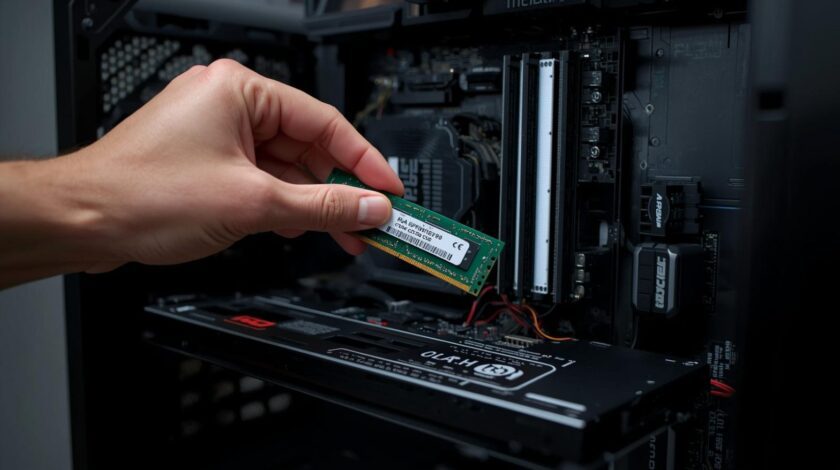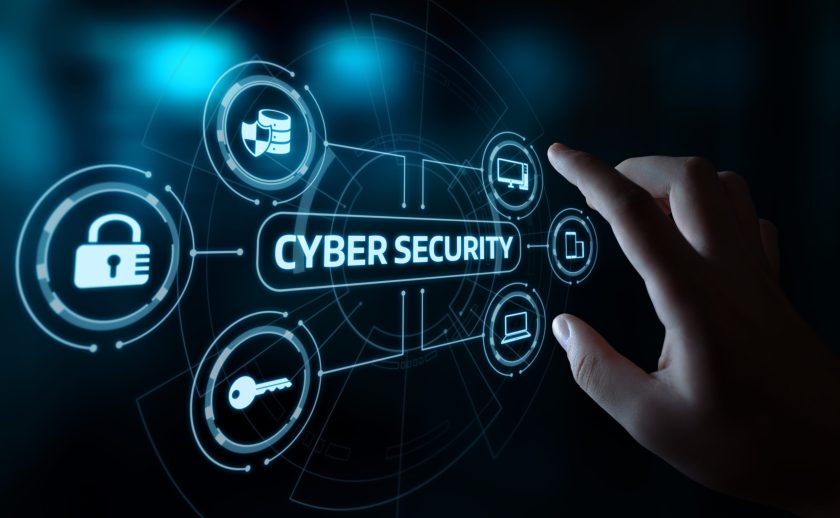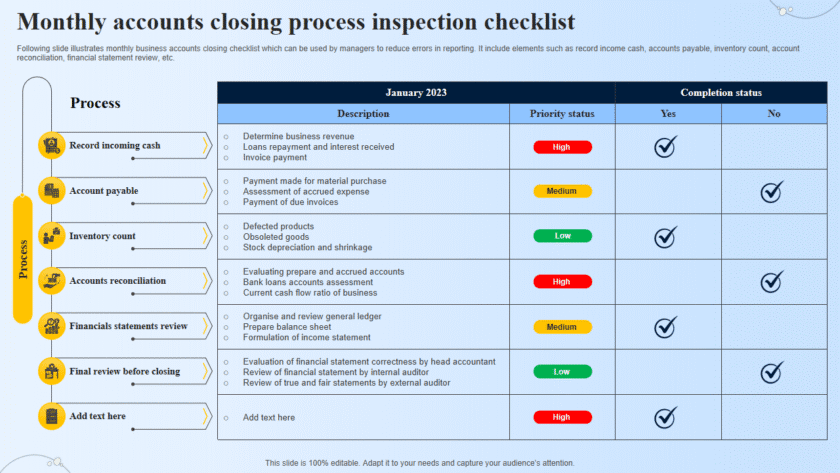Cybersecurity threats continue to evolve, posing significant risks to individuals, businesses, and governments. Here are the top 10 cybersecurity threats to watch out for in 2024:
1. Ransomware Attacks
- Overview: Ransomware remains a dominant threat where attackers encrypt victims’ data and demand a ransom for decryption keys.
- Recent Trends: Increasingly targeted at critical infrastructure, healthcare, and educational institutions.
- Prevention:
- Regularly back up data and store backups offline.
- Employ robust antivirus and anti-malware solutions.
- Train employees to recognize phishing emails and suspicious links.
2. Phishing and Spear Phishing
- Overview: Phishing involves tricking individuals into revealing sensitive information, while spear phishing targets specific individuals or organizations.
- Recent Trends: More sophisticated and personalized, leveraging social media and other sources to craft convincing messages.
- Prevention:
- Implement multi-factor authentication (MFA).
- Educate employees about phishing tactics.
- Use email filtering and spam detection tools.
3. Zero-Day Exploits
- Overview: Exploits that target vulnerabilities in software that are unknown to the vendor and unpatched.
- Recent Trends: Increasingly used in state-sponsored attacks and by advanced persistent threats (APTs).
- Prevention:
- Keep software and systems up to date with the latest patches.
- Employ intrusion detection and prevention systems.
- Conduct regular security audits and vulnerability assessments.
4. Supply Chain Attacks
- Overview: Attacks that compromise third-party vendors or suppliers to gain access to a primary target.
- Recent Trends: Increased focus on software and hardware supply chains.
- Prevention:
- Conduct thorough vetting of third-party vendors.
- Implement strong access controls and monitoring.
- Develop a comprehensive incident response plan.
5. IoT Vulnerabilities
- Overview: The proliferation of Internet of Things (IoT) devices has expanded the attack surface for cybercriminals.
- Recent Trends: Targeting smart home devices, industrial IoT, and medical devices.
- Prevention:
- Change default passwords and use strong, unique passwords for IoT devices.
- Regularly update device firmware.
- Segment IoT devices on a separate network.
6. Insider Threats
- Overview: Threats from within an organization, whether intentional or accidental.
- Recent Trends: Increasing incidents due to remote work and higher employee turnover.
- Prevention:
- Implement strict access controls and least privilege policies.
- Monitor user activity and behavior.
- Foster a strong security culture and conduct regular training.
7. Cryptojacking
- Overview: Unauthorized use of computing resources to mine cryptocurrencies.
- Recent Trends: More sophisticated malware and targeting of cloud environments.
- Prevention:
- Use endpoint protection solutions.
- Monitor system performance for unusual activity.
- Secure cloud environments and manage permissions carefully.
8. Advanced Persistent Threats (APTs)
- Overview: Prolonged and targeted cyberattacks aimed at stealing data or disrupting operations.
- Recent Trends: Increasingly used by nation-states and well-funded cybercriminal organizations.
- Prevention:
- Implement comprehensive security measures and monitoring.
- Conduct threat intelligence and analysis.
- Develop and practice an incident response plan.
9. Social Engineering
- Overview: Manipulating individuals into performing actions or divulging confidential information.
- Recent Trends: Use of deepfake technology and social media to enhance credibility.
- Prevention:
- Educate employees on social engineering tactics.
- Implement verification processes for sensitive requests.
- Use security awareness programs to keep employees vigilant.
10. Cloud Security Misconfigurations
- Overview: Misconfigured cloud services can expose sensitive data and systems.
- Recent Trends: Increasing adoption of cloud services without adequate security measures.
- Prevention:
- Follow best practices for cloud security configuration.
- Regularly audit cloud environments for vulnerabilities.
- Use automated tools to detect and correct misconfigurations.
Conclusion
Staying ahead of these threats requires a proactive and layered approach to cybersecurity. Organizations should continuously update their security strategies, invest in advanced technologies, and ensure that all employees are well-informed about the latest threats and best practices. By doing so, they can mitigate risks and protect their valuable assets from cybercriminals.






